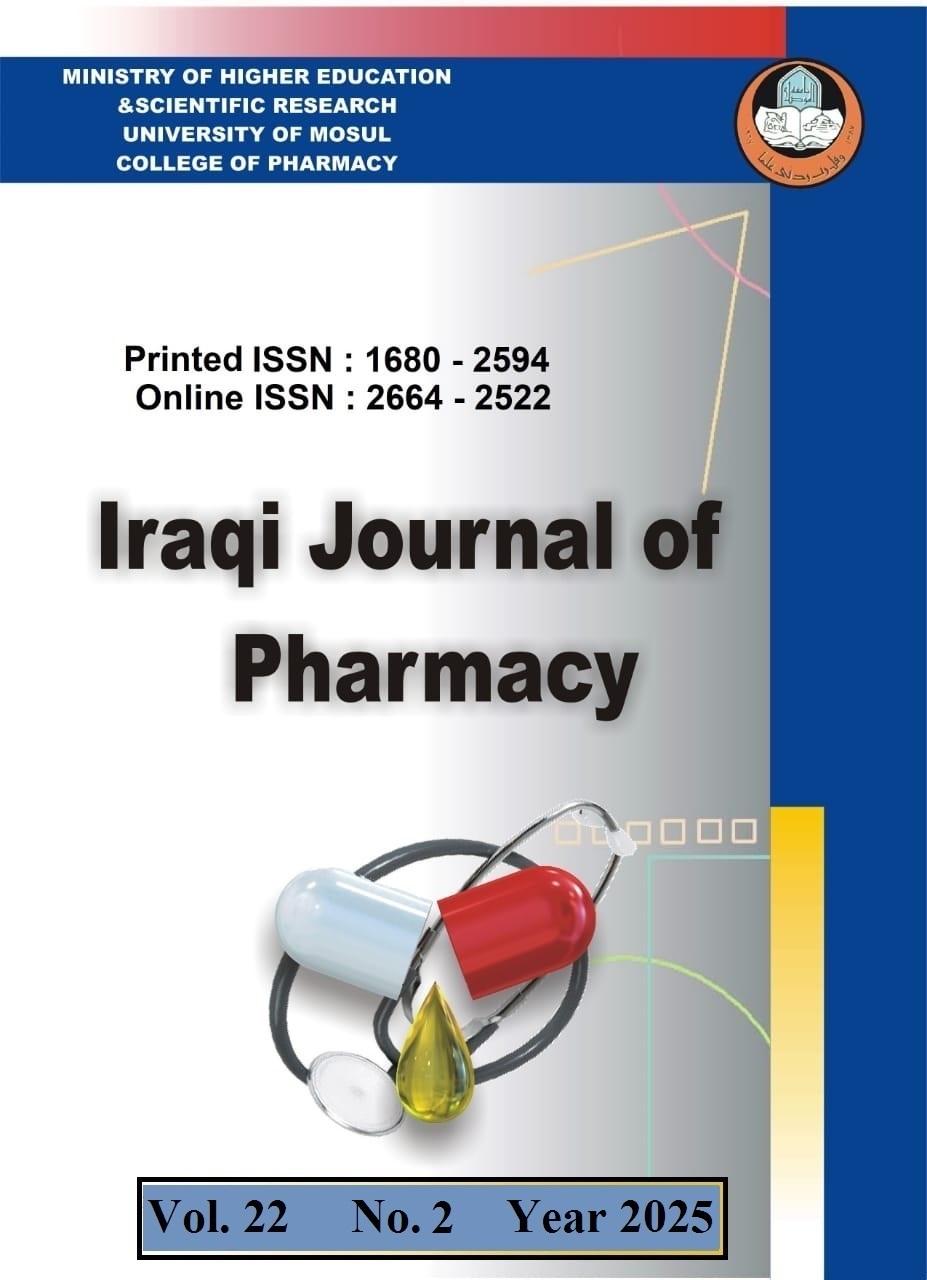Oxidant/antioxidant status in serum of breast cancer women treated by surgical interference and chemotherapy
Abstract
Objectives: The study was designed to assess lipid peroxidation and oxidative defense system in patients with breast cancer, following them from the time of diagnosis through surgery and treatment. .Patients and Methods: The study was conducted in Al-Jammhori Hospital, Mosul, Iraq. Twenty three women with breast cancer types III and IV and 22 apparently healthy women as a control group were included in this study. Blood samples (5 ml) were taken from patients and controls and analysed for serum malondialdehyde (MDA) and total antioxidant status (TAS) concentration. Blood samples were taken from patients one week before and after the operation and other blood samples were taken two weeks after the first dose of infusion with a combination therapy of cyclophosphamide, 5-fluorouracil and doxorubicin. The therapy was started two weeks after the surgery every 6 weeks for 6 cycles.Results: In breast cancer women, serum MDA was significantly higher (P<0.001), whereas serum TAS was significantly lower (P<0.001), compared with those of the control group. In patients, after breast surgery, serum MDA was decreased significantly (P<0.001), while serum TAS was increased significantly (P<0.001), compared with those of the patients before operation. Chemotherapy treatment caused a significant elevation (P<0.001) in serum MDA associated with a significant reduction (P<0.001) in serum TAS, compared with the patients before and after operation and also with the control group. Conclusion: lipid peroxidation was increased in breast cancer women, while antioxidative defense system was decreased. Surgical removal of breast cancer decreased lipid peroxidation with an increase of antioxidant defense system. Lipid peroxidarion may be a consequence of cancer disease. Chemotherapy of breast cancer increased lipid peroxidation and depressed antioxidant defense system.








